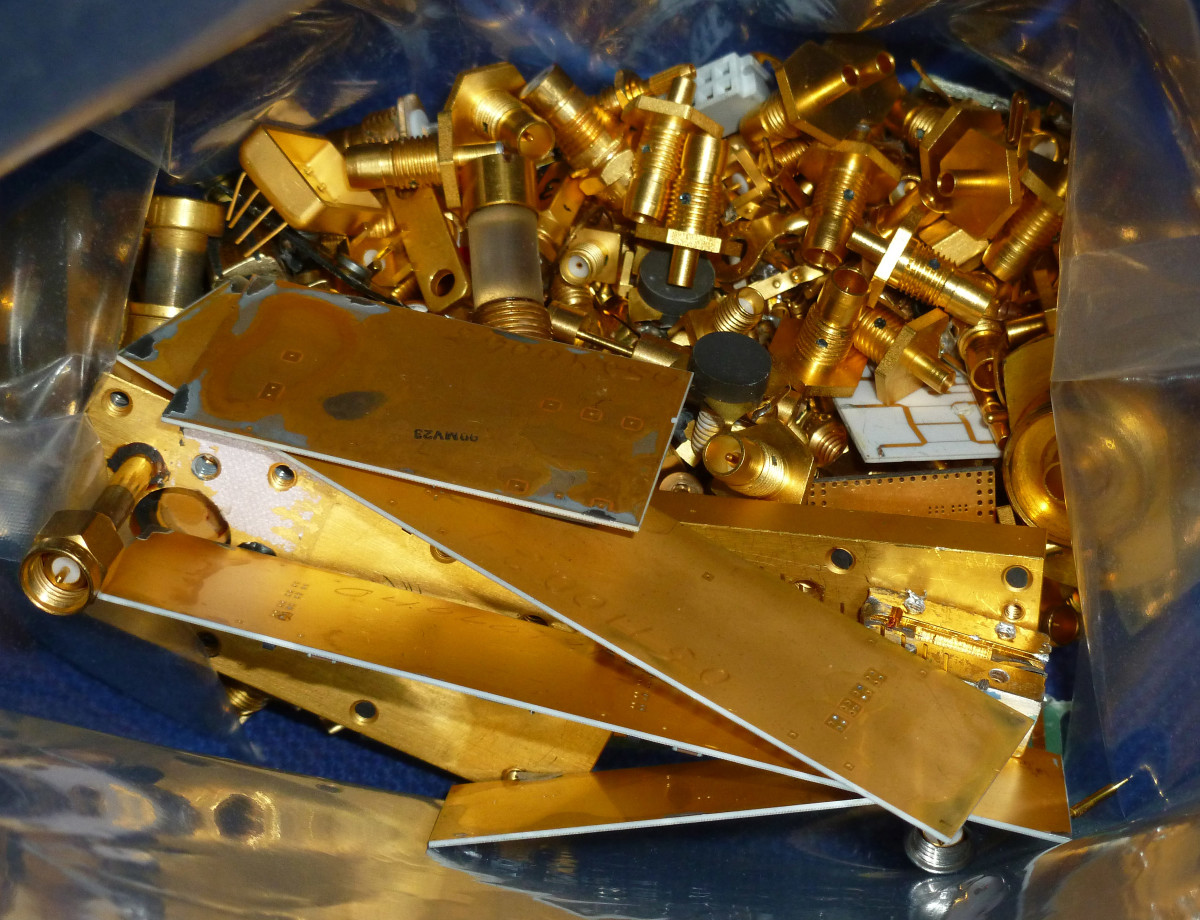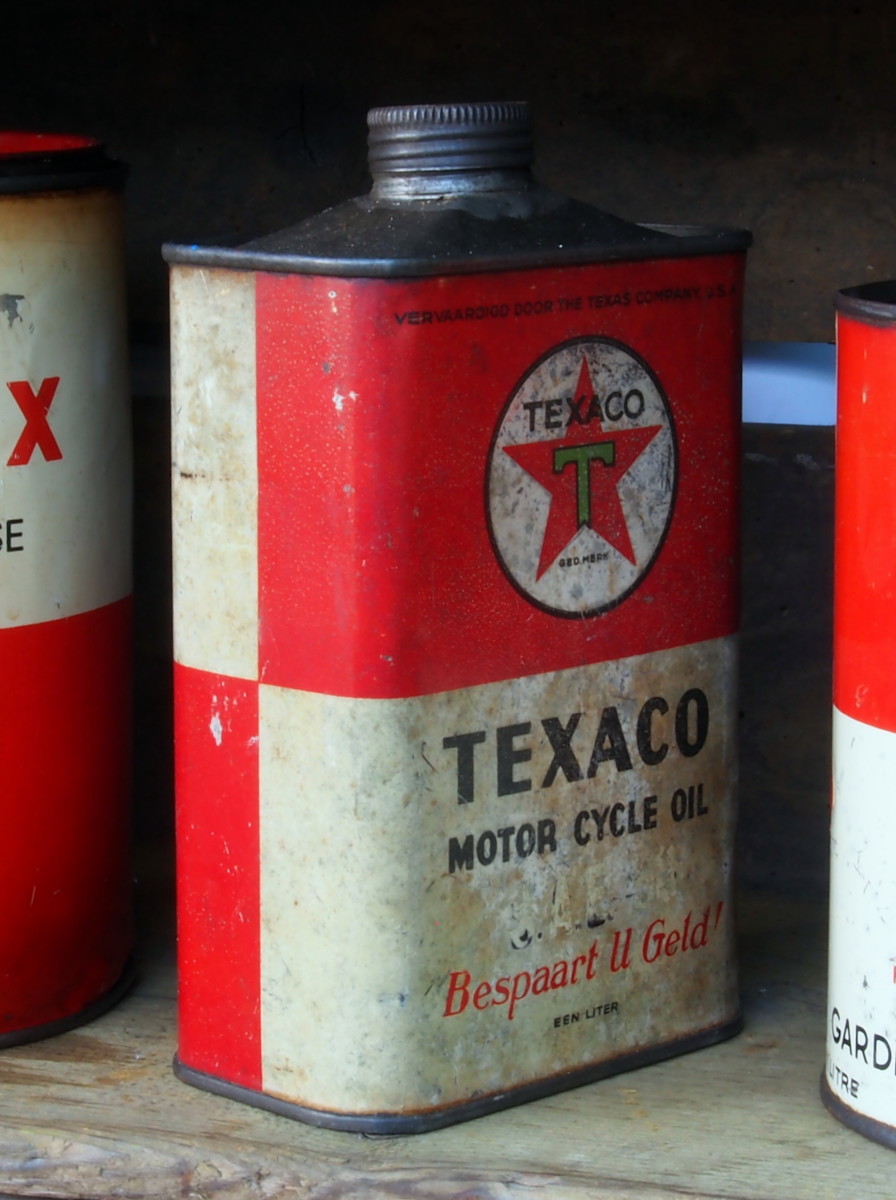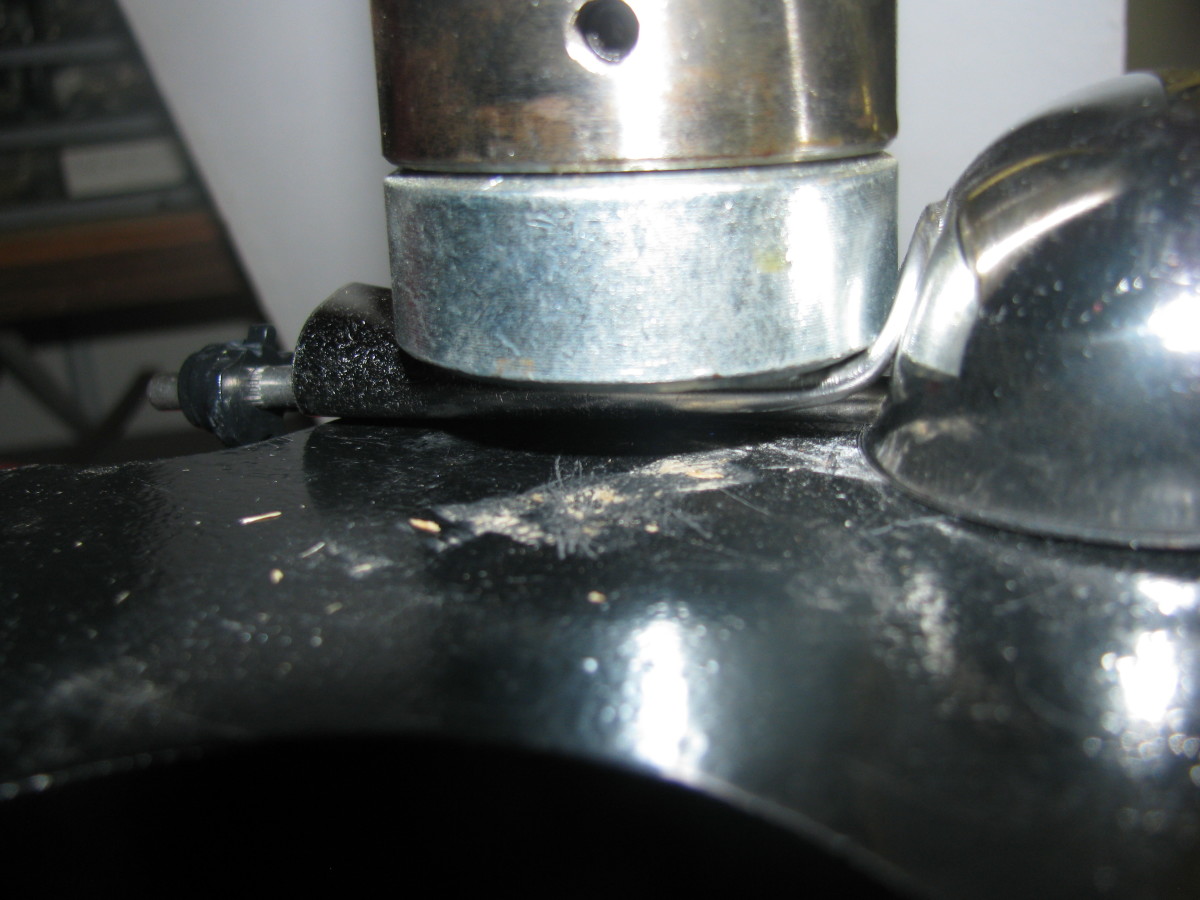Protective Suit Standards
Personal protective equipment wear or PPE offer partial or whole body protection from workplace hazards. Protective suit standards ensure that protective wear meets a consistent set of minimum requirements verified in a standard way.
There are also National Fire Protection Agency (NFPA) standards and mil-spec documents covering the performance requirements of protective suits, though military standards are increasingly replaced with industry standards for protective wear set by the ASTM or ISO.

ASTM Standards for Protective Suits
ASTM International has different standards for protective suits depending on their intended application. ASTM F2669-12 gives the performance specifications for protective suits worn by those applying pesticides.
ASTM F1359-07 describes the method of testing protective suits by putting them on a mannequin and subjecting it to a shower spray. ASTM F1052-09 describes the method of pressure testing suits. ASTM D751-06 outlines how coated fabrics are tested. ASTM F903-10 outlines the process of testing how well materials used in protective suits resist penetration by liquids. ASTM F2588-12 is a test to simulate how well protective suits protect against chemical warfare agents.
ASTM F2668-07 is the test for determining the physiological responses of those wearing protective clothes. What is the wearer’s internal temperature and heart rate? How much does the wearer sweat? When a personal cooling system is added to the protective suit, ASTM test method F2300 is followed.
The evaluation of thermal insulation in the suit is tested per ASTM F1291-10. ASTM F1002-06 is a standard specific to the protective suits worn by those around molten substances and other thermal hazards. ASTM F955-07 is the test procedure used to determine how protective clothing transfers heat upon exposure to molten substances like molten metal. ASTM E457-08 is the test method using a thermal capacitance calorimeter.
ASTM F1154-11 gives a quantitative method of determining how well protective suits fit and function. ASTM F1296-08 is a guide for evaluating chemical protective clothing. ASTM F1001-12 is the guide for selecting chemicals to be used to evaluate protective suits. ASTM F1461-12 outlines the recommended practices for maintaining protective suits and recommended engineering controls before relying upon protective suits.
ASTM F1494-03 gives the definitions of terms used in other standards for protective clothing and personal protective wear.
Related American Standards for PPE Wear
The National Fire Protection Agency has issued several standards for protective suits and PPE wear. NFPA 1991 is the standard for protective suits used during hazardous chemical emergencies such as chemical spills. This standard is ANSI approved.
NFPA 1992 is the standard for protective suits that protect against liquid splash during hazardous chemical emergencies. NFPA 1992 is ANSI approved.
ISO Standards for Protective Clothing
ISO 13982 is the ISO standard for testing protective suits and protective clothing. ISO 13982-1 describes the procedure for testing suits against particulate matter. ISO 13982-2 measures how well the suits prevent inward leakage of particles.
ISO 16602 is the standard for protective suits intended to protect the wearer against chemicals, such as those encountered at a refinery or plastics manufacturer. ISO 22612 describes the method of testing clothing that protects against infection from dry microbial penetration.
Military Standards for Wearable PPE
The United States military has its own military specifications or milspecs for protective suits. MIL-S-51141 is the military standard for an impermeable supplied air protective suit. MIL-S-51141 was updated in 1988 and cancelled in 1997. Mil spec MIL-S-44007 is the mil-std for protective suits that protect against toxicological hazards. MIL-S-44007 was revised in1983 and cancelled in 1986.
MIL-S-4392 is the military specification for chemical protective suits. The most recent version is revision J. MIL-S-12227F gives the performance specifications for a cooling protective cover for protective suits. MIL-S-29461 is the military standard for carbon sphere chemical and biological protective suits.








